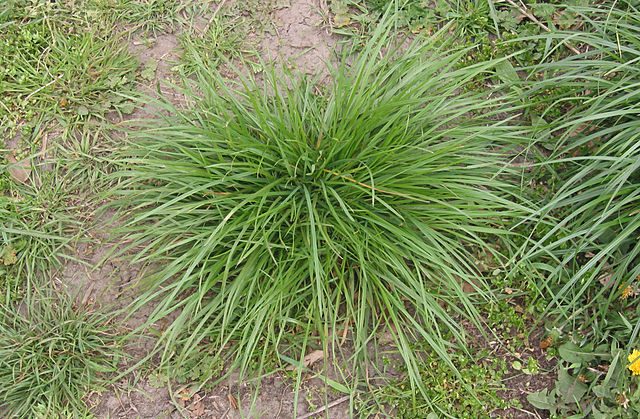For Cooper Hibbard, a fifth generation rancher in Montana, soil conservation and ranching are bedfellows, reports Tri-State Livestock News. Hibbard employed a unique conservation technique during the driest 10-year period of his ranch and saw 200% increase in forage yield.
The secret lies in how he inter-crops pasture, corn and soybeans to ensure proper cover-cropping for the soil.
He calls this “tangent strip-cropping,” where every eight rows of forage give way to couple rows of soybeans and corn.
In the livestock strip, there are subdivisions in forage sections for the various domestic flocks. At the upper section is pasture for sheep and goats and in the intermediate part is a straw section for pigs. The foreground is the feeding ground for domestic fowls.
This pattern brings diversity to the soil structure as each species treats forage differently. Hens peck at grass even as sheep graze while pigs dig and trample on the soil.
Regarding the trampling factor, Hibbard says that the ranch practices the non-selective grazing method. This is where livestock graze for a day on arable land and then leave it at rest for a year. The method ensures proper leveling of the vegetation so that once it regrows, all forage will be on level ground.
Unlike normal grazing, the non-selective technique adds extra litter on the soil, which forms organic matter.
Organic matter is protective as it forms a rich soil cover that withstands drought until the next grazing period. The method can therefore work for dry forage-growing places such as neighboring Arizona where alfalfa often drains groundwater.
Soil Cover & Plant Diversity
The protective cover in this system has a trio of good effects on the soil. One of these soil conservation positives is regulating the surface temperature by providing shading. This in turn reduces moisture loss from the soil due to reduced evaporation. The ultimate effect is the lush growth of forage plants even during dry periods because of organic matter diversity.
In this respect, Hibbert’s ranching method echoes the soil conservation measures that the U.S. Forest Service recommends, namely plant diversity.
Plant diversity helps to increase fertility and keep the soil structure firm. Some deep-rooted plants, especially, retain a grip on the subsoil and curb erosion.
In the Montana ranch, for instance, livestock trample over weak plants but strong ones with deep roots help bring regrowth.
Indeed, it is this deep-rooted perennial soil cover that has hedged forage productivity on Hibbert’s Montana ranch.
